This article was co-authored by Tracy Carver, PhD. Dr. Tracy Carver is an award-winning Licensed Psychologist based in Austin, Texas. Dr. Carver specializes in counseling for issues related to self-esteem, anxiety, depression, and psychedelic integration. She holds a BS in Psychology from Virginia Commonwealth University, an MA in Educational Psychology, and a Ph.D. in Counseling Psychology from The University of Texas at Austin. Dr. Carver also completed an internship in Clinical Psychology through Harvard University Medical School. She was voted one of the Best Mental Health Professionals in Austin for four years in a row by Austin Fit Magazine. Dr. Carver has been featured in Austin Monthly, Austin Woman Magazine, Life in Travis Heights, and KVUE (the Austin affiliate for ABC News).
There are 7 references cited in this article, which can be found at the bottom of the page.
This article has been viewed 33,819 times.
Once your nerves set in and you feel yourself begin to shake, it can be difficult to stop. Fortunately, if you make a conscious effort to calm yourself down and relax your muscles, you may be able to steady your nerves and stop shaking. Learning to watch your breathing and your attention will allow you to exercise control over your relaxation reflex, both by stopping it in its tracks and keeping it from taking hold in the first place.
Things You Should Know
- Find a place where you can sit down and rest for a moment. Avoid pacing since that can stress you out more.
- Try a simple deep-breathing exercise: count to 4 as you inhale, hold for 4 counts, and exhale for 4 counts. Continue until you stop shaking.
- For more impact, pair deep-breathing with a calming thought, image, or action.
- Practice deep-breathing once a day to gain better control over your shaking.
Steps
Controlling Your Relaxation Response
-
1Sit or lie down if you can. While pacing is a natural response to stress, sitting or lying down will help ease the shaking more than walking back and forth. Find a place on a chair, couch, or floor where you can rest for a moment. Your goal is to relax your body and clear your head.[1]
- If you cannot sit or lie down, try to find a comfortable standing position. Don’t hunch, but try to let your muscles relax.
- Try to remember that your body is reacting to your nervousness and that you don't want to be at war with your body. Before even trying any tactics, try to actually appreciate your body for what it's doing.
-
2Take normal breaths to begin. Before taking deep breaths, it can be helpful to let an irregular or fast breathing pattern come back down to a normal pace. You should take at least two or three normal paced breaths before trying a technique for deeper breaths.[2]
- A normal breath typically takes 1-2 seconds to complete, but while you are shaking, they can get much shorter.
Advertisement -
3Count to 4 as you breathe in through your nose, hold your breath, and exhale through your mouth. Breathe in for 4 counts, hold your breath for 4 counts, and then spend 4 counts releasing your breath before repeating. Breathe like this until you feel like your body has started to calm down.[3]
- This process triggers the relaxation response in your body to help you stop shaking.
- This is a strategy used by professionals who regularly put their lives at risk, or have to risk someone else’s life in order to save them, like military personnel, security officers, and surgeons.
-
4Find a thought, image, or action to pair with your breathing. Your goal is to find something that will take your attention away from your body’s shaking and from the stressful thoughts or situation that caused it. For instance, you might try repeating a phrase that you find calming silently in your head. The repetitiveness of this can help relax your body and mind.[4]
- Another strategy is to pair your breathing with a memory or an idyllic situation that will help shift your awareness.
-
5Use progressive muscle relaxation to let out the shakes. Progressive muscle relaxation techniques involve tensing up an area of your body as you inhale for around 4 to 10 seconds, and quickly releasing the tension by relaxing the area as you exhale. Move from your head down your body to your toes, leaving a few seconds between releasing one are and relaxing the next.[5]
- Your muscle areas include your face, neck, chest, shoulders, forearms, biceps, hands, back, stomach, buttocks, thighs, lower legs, and feet.
- If a particular area of your body is shaking, focus on relaxing that area before moving on to others.
Turning Relaxation into a Daily Practice
-
1Practice your breathing every day. Find time at least once in your day where you can commit to sitting or laying down and control your breathing. You will eventually find that you have better control over your body’s relaxation response, which will stop shakes in their tracks.[6]
- Get used to your diversion technique. No matter what keeps your mind of the nervous thoughts or stressful environments, you should start feeling comfortable with it. Feel free to find a new one if an old thought stops being helpful.[7]
-
2Use meditation as a way to incorporate relaxation into your daily life. Meditation can help you learn to shut out the stressful events and anxious thoughts that can cause you to shake. When meditating, focus on sitting still and being aware of your breathing.[8]
- Try a guided meditation video or audio program. Guided meditation can help get you accustomed to meditation and keep you focused.
-
3Exercise regularly to practice engaging your muscles and calm down. Going for a run, taking a trip to the gym, or doing exercises at home can help you get better control over your muscles, and it’s a great way to get rid of stress. Working out releases hormones that will relieve stress, tension, and anxiety, as well as distracting you for a while.
-
4See a doctor if your shaking persists or occurs often. If you chronically shake when you are nervous, you may have an anxiety disorder that is treatable with therapy and medicine. If your shakes start to occur outside of stressful situations or thought patterns, you may have an underlying neurological issue, though this is rare.[9]
References
- ↑ https://www.health.harvard.edu/mind-and-mood/relaxation-techniques-breath-control-helps-quell-errant-stress-response
- ↑ https://www.uofmhealth.org/health-library/uz2255
- ↑ https://youtu.be/yJhI0Du5jO4?t=133
- ↑ https://www.health.harvard.edu/mind-and-mood/relaxation-techniques-breath-control-helps-quell-errant-stress-response
- ↑ https://www.uofmhealth.org/health-library/uz2225
- ↑ https://www.huffingtonpost.co.uk/2015/09/08/how-to-stop-your-hands-from-shaking_n_8102592.html
- ↑ https://www.health.harvard.edu/mind-and-mood/relaxation-techniques-breath-control-helps-quell-errant-stress-response
- ↑ https://nccih.nih.gov/health/meditation/overview.htm
- ↑ https://www.nhs.uk/conditions/tremor-or-shaking-hands/
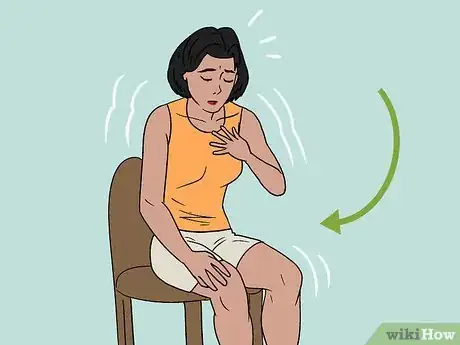
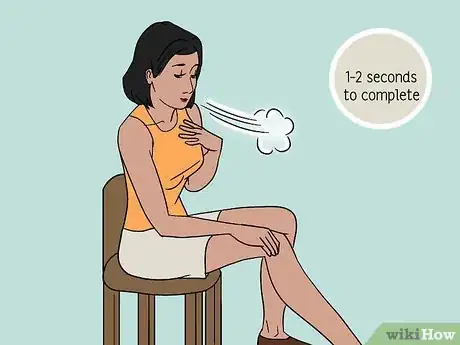
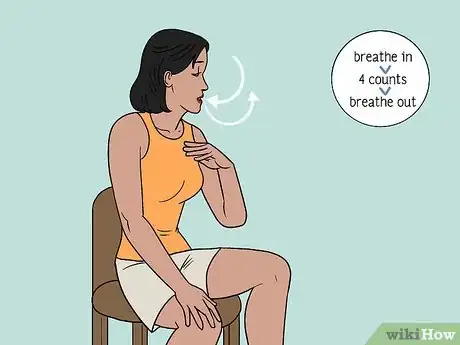
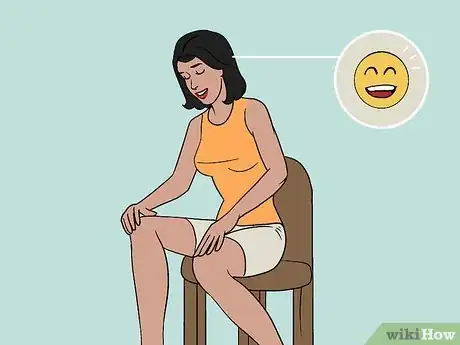
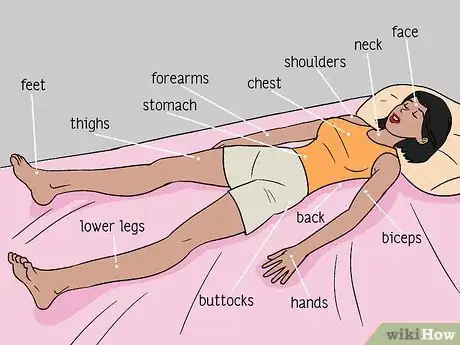

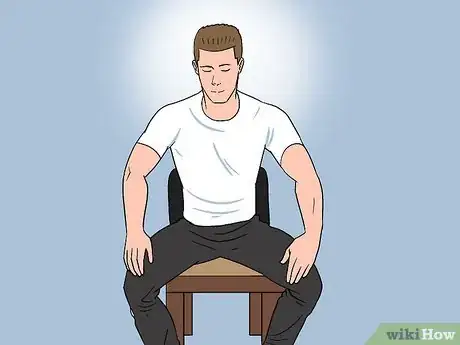
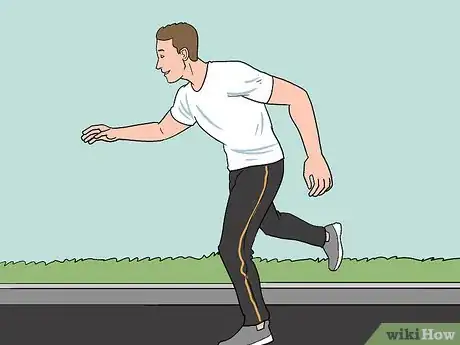
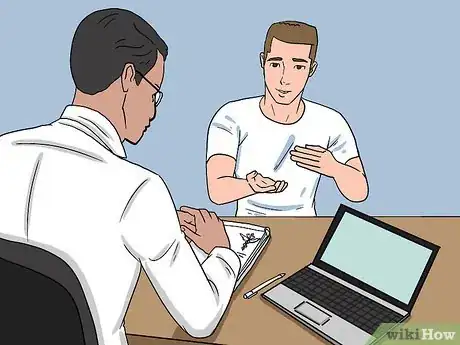





























































Medical Disclaimer
The content of this article is not intended to be a substitute for professional medical advice, examination, diagnosis, or treatment. You should always contact your doctor or other qualified healthcare professional before starting, changing, or stopping any kind of health treatment.
Read More...